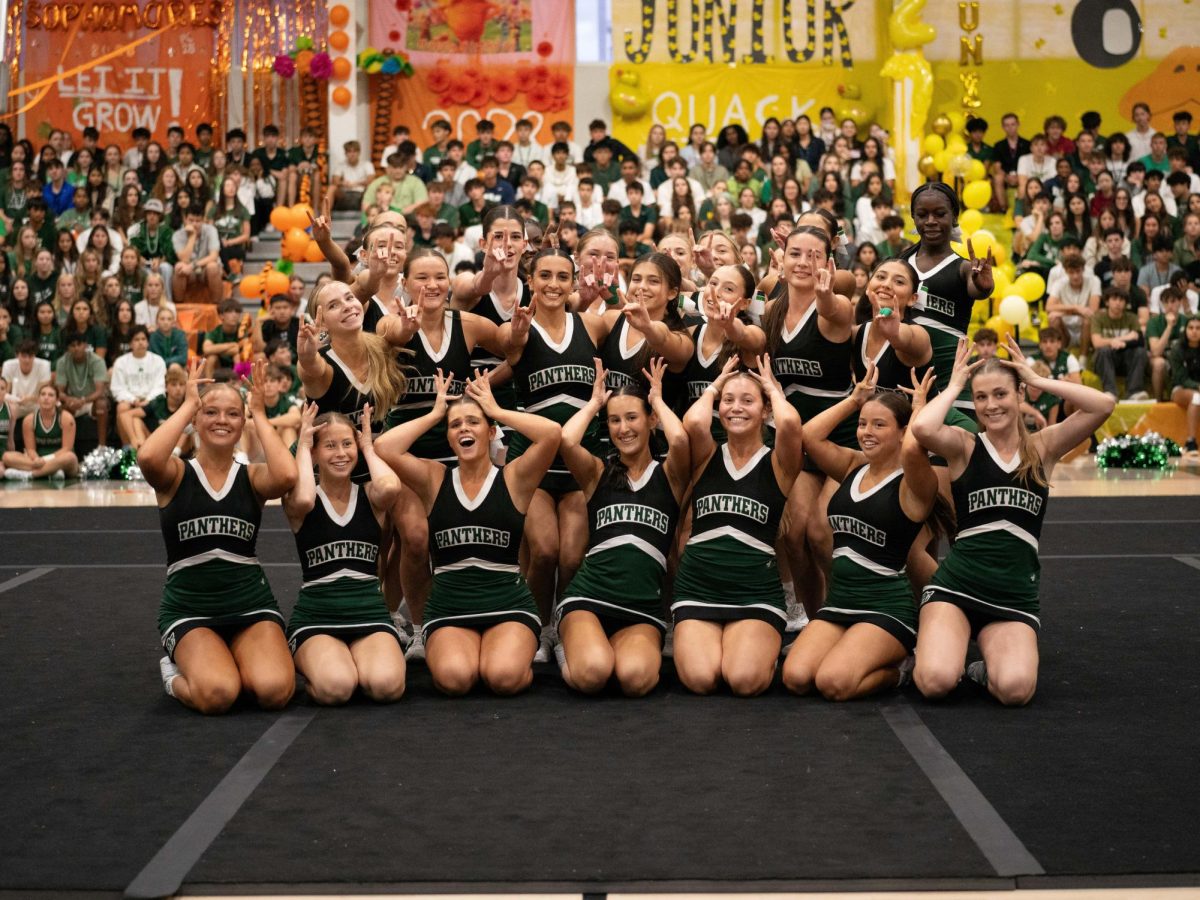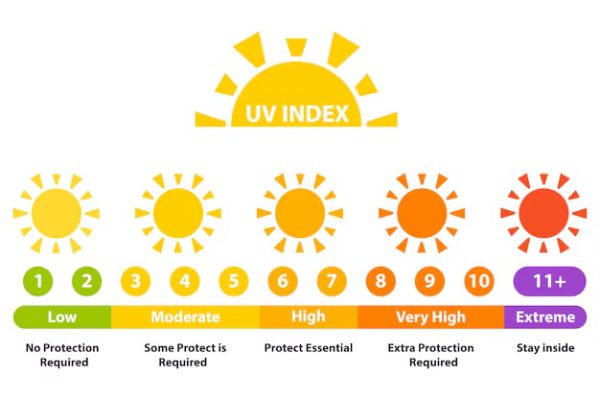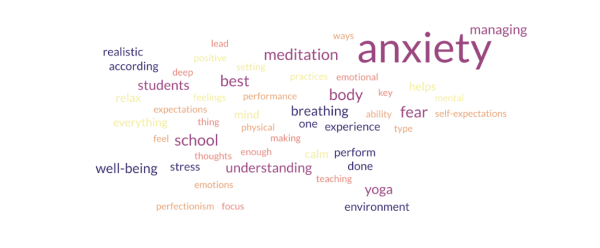Unsolicited Flattery

Edith Head was a mastery of flattery – she knew exactly how to make a waist look thinner, feet look smaller, and legs look longer. When she worked with Audrey Hepburn on her role as Princess Ann in Roman Holiday in the 1950’s, Edith was hired to turn the then-considered lanky and awkward Audrey into her perfectly proportioned royal counterpart. Although Head won an Oscar for best costume design and was hired again a few years later for Hepburn’s role for Sabrina, Hepburn instead sought out the designs of Hubert de Givenchy. Givenchy, who thought Katherine Hepburn was requesting him, was surprised by the young Audrey, and could only supply the film with Ready-to-Wear. Hepburn’s wardrobe in Sabrina illustrates Hepburn’s own rejection of her society’s ideal body in favor of accentuating what was interesting about her own body – her long neck, skinny limbs, and flat chest. Edith Head again won an Academy Award for best costume design, taking credit for Hepburn’s innovation and Givenchy’s designs.
I tell this story to bring to light an inherent conflict of fashion: which is more important, how flattering a garment is, or how happy it makes you feel?
What does it mean for something to be flattering, anyway? In the Renaissance, women with soft round bodies were considered beautiful. Dior’s New Look of the late 1940’s idealized a tiny nipped waist. In the 1960’s, Twiggy perpetuated the ideal waifish body. In Audrey’s case, a stylist tried to flatter her body by using visual illusion to turn it into the ideal bodies of the times. We use the same strategies today – magazines are constantly advising women of well-meaning tricks to minimize a tummy, maximize a bust line, and create a waist. When we follow these tricks, it can be mostly agreed that we feel better about our bodies. A good dress can make you feel like a million bucks at a party even when you spend the day eating and watching reruns of One Tree Hill.
The small adjustments offered by clothing are not permanent and, well, small. Should we spend less time – and money – on clothing that we rely on for confidence and instead try to appreciate our bodies for what they are? Restricting what women can wear is not only ridiculous but also extremely hurtful. A pair of Spanx won’t change the fact that you haven’t been to the gym since you were forced to take P.E. in middle school. And while making people believe that your body looks a certain way may make you feel better in the moment, trying to delude yourself ends up not working and you are instead left with shame and body-hatred. So many aspects of fashion are pure whimsy and fun and let people express their own personality. If every person looked like the same body in the same dress, we would lose our appreciation for this creativity and human expression. If a person loves a piece of clothing, they should wear it and rock it regardless of whether or not it is conventionally pretty.
On the other hand, a lot of our confidence comes from others’ acceptance of ourselves. While I was shopping with my grandma, she pointed out a sack-like Chloe dress and then dismissed it because she knew my grandpa wouldn’t like the way she looked in it. Even Tavi, who was known for rejecting the female standard of beauty when she was younger, has taken to wearing more simple, “typical-teenager” clothes now that she’s interested in having a boyfriend.
The idea of wearing flattering outfits is so ingrained in our culture that it’s difficult to look at one aspect of it without considering the complications of another. I don’t mean to reject either one of these schools of thought – moreover, I would like to make a more conscious effort to think about my motivations when getting dressed each morning. And, I guess you could argue that it wasn’t risky for Audrey Hepburn to reject this notion and wear Givenchy’s clothes, considering she was beautiful. If we all rejected what society thought was beautiful, however, and learned to accentuate our imperfections, maybe we would be able to redefine what it means to be beautiful.
































![Stranger Things 4: What to Expect [Warning: Contains Spoilers]](https://pcpawprint.com/wp-content/uploads/2021/11/StrangerThings4-900x473.jpeg)































































